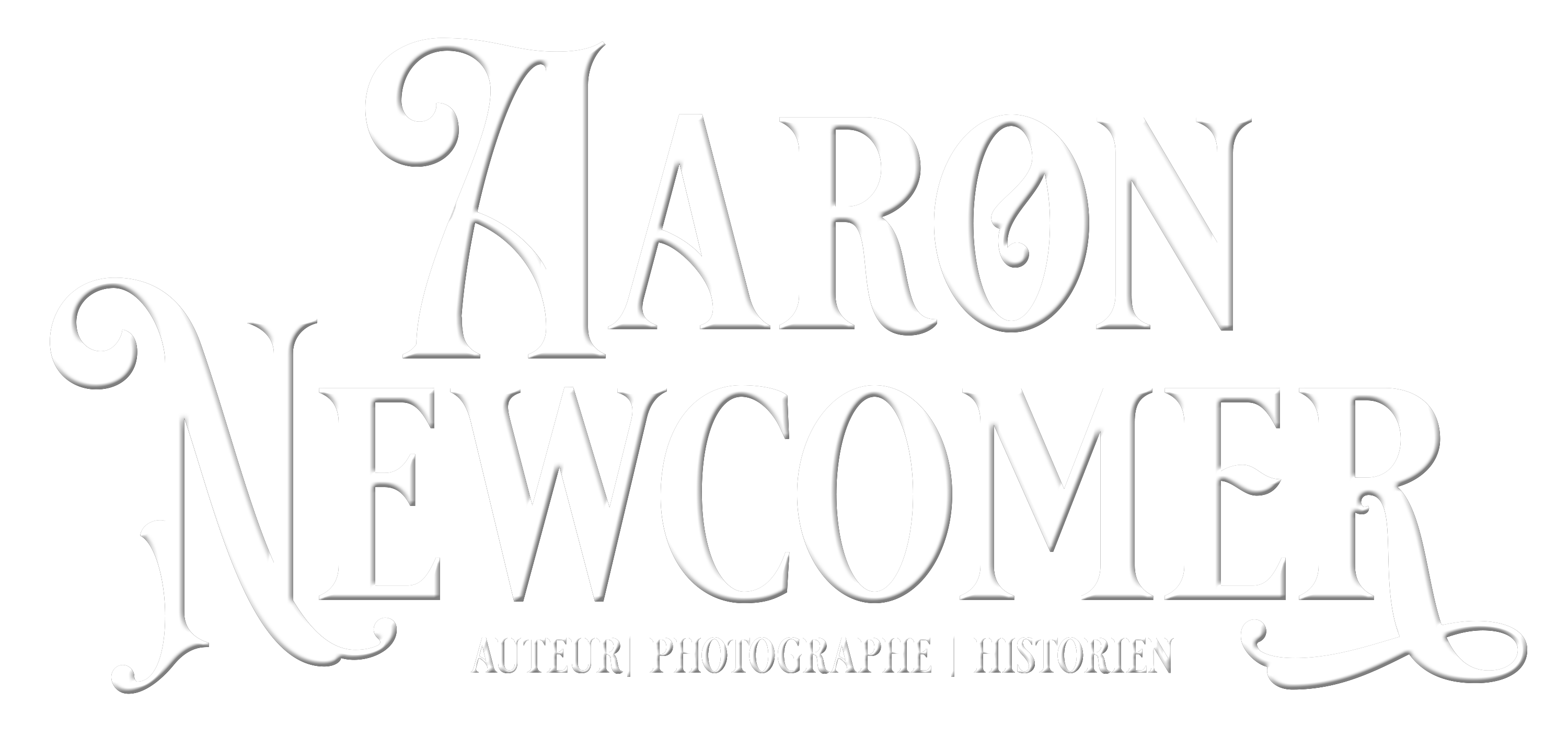The last few posts of our exploration of the relationship between pinfire cartridges and the United States has focused on their use in the American Civil War. In this article we will take a look at some lesser known pinfire cartridges that played their part in the constantly evolving history of ammunition in the United States. First up is the .58 Schubarth.
The .58 Schubarth.

The .58 Schubarth was patented and made in 1861 by Casper D. Schubarth who resided at 6 North Main Street, Providence, RI.
The whole idea of the cartridge and rifle is based on a modification and improvement of Gallager & Gladding’s cartridge and rifle that was created a couple years prior. It is an inside-primed pinfire that was made to be easily reloadable with the common Minié bullets and percussion caps. Schubarth’s improvement also made it gas-tight and waterproof by dipping the cartridge in melted tallow after inserting the bullet. The design also called for a small cork wad to be placed between the bullet and the powder to clean the barrel on each shot.
In Schubarth’s interview with The Scientific American he described a rimfire variation of this cartridge by stating that “for army use a ridge may be formed entirely around the cartridge and filled with fulminating powder, in place of the wire, and cap, so that the cartridge may be inserted in any position. But for sporting it is more economical to adopt the arrangement represented, as the same case may be refilled and used many times.”
While I do not have ballistic information on the cartridge, in 1861 Schubarth said that “the powder is fired in the middle of the charge thus causing a rapid combustion […] that causes so great force be generated that 60 grains of powder has driven a bullet through 15 one-inch boards at a distance of one hundred yards” so it sounds like a fairly powerful cartridge!
You can see and read this whole Scientific American article here:
The example in my collection was once owned by the well-known author and ammunition researcher, Colonel Berkeley R. Lewis of the United States Army Ordnance Corps. He acquired it from the Smithsonian Institution.

ABONNEZ-VOUS AU BLOG PAR EMAIL
À PROPOS DE MOI
 Bonjour, je m'appelle Aaron Newcomer. Je suis collectionneur et chercheur sur les systèmes d'armes à feu à chargement par la culasse du début du 19e siècle, avec un intérêt particulier pour les travaux de Jean Samuel Pauly et Casimir Lefaucheux. Je collectionne les cartouches et les documents liés à ces types d'armes à feu et je mène des recherches sur ces sujets, approfondissant ma compréhension et ma connaissance de ces armes historiques et leur place dans l'évolution de la technologie des armes à feu. Ma collection et mes recherches reflètent mon engagement à préserver et à comprendre l'histoire et les innovations techniques de ces systèmes d'armes à feu anciens.
Bonjour, je m'appelle Aaron Newcomer. Je suis collectionneur et chercheur sur les systèmes d'armes à feu à chargement par la culasse du début du 19e siècle, avec un intérêt particulier pour les travaux de Jean Samuel Pauly et Casimir Lefaucheux. Je collectionne les cartouches et les documents liés à ces types d'armes à feu et je mène des recherches sur ces sujets, approfondissant ma compréhension et ma connaissance de ces armes historiques et leur place dans l'évolution de la technologie des armes à feu. Ma collection et mes recherches reflètent mon engagement à préserver et à comprendre l'histoire et les innovations techniques de ces systèmes d'armes à feu anciens.
Pour en savoir plus sur moi et où mes travaux ont été publiés.
SECTIONS DU SITE
ARTICLES EN VEDETTE
Recherche
Articles récents
- The Innovative Firearms of Joseph Alexandre Robert: Revolutionizing 19th Century Weaponry
- The Davoust Shot Concentrator: A French Answer to Unruly Patterns (1855–1859)
- Wohlgemuth’s Break-Action Musket Conversion and Rifled Barrel Insert System
- From Collector to Founder: How My Passion for Historical Documents Led to an AI Startup
- La Naissance de la Cartouche à Broche Britannique : L'Entrée d'Eley dans les Cartouches à Chargement par la Culasse






